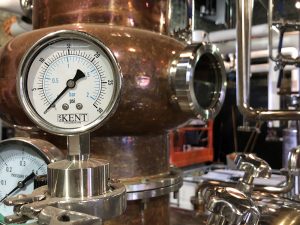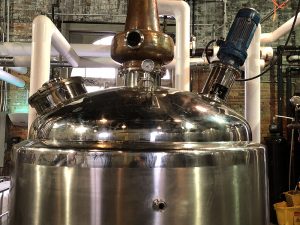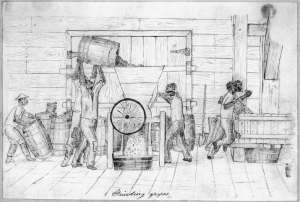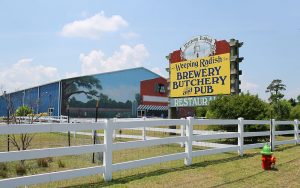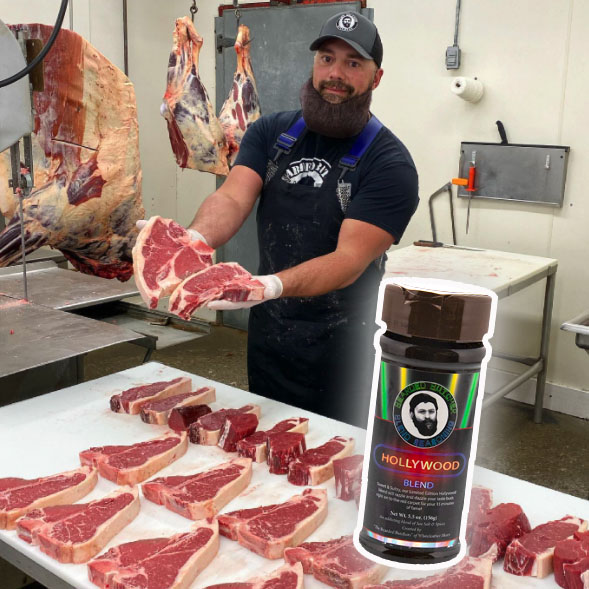North Carolina craft brewing has a long and exciting history. This 3 part series takes a look at the past present and future of alcohol production in the state on behalf of one of its newest producers, Three Stacks Distilling Company, the maker of Social House Vodka.
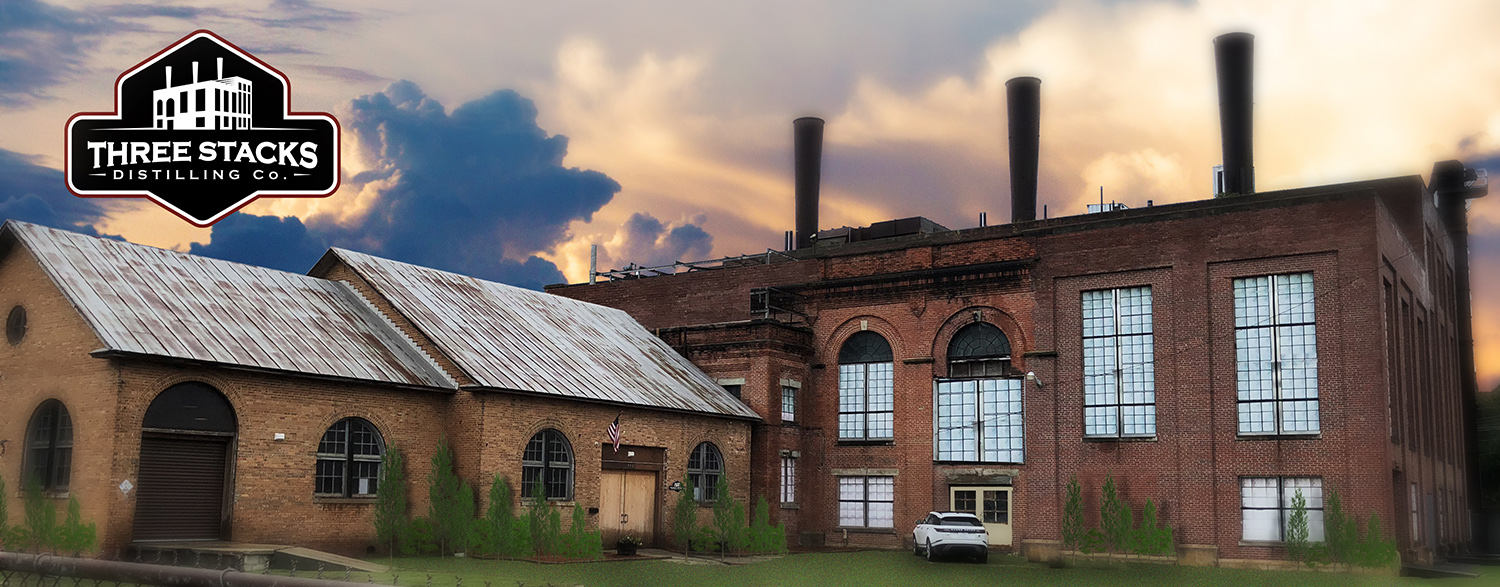
North Carolina has a rich history of brewing and distilling and is currently experiencing a renaissance in all forms of craft alcohol creativity. The first commercial brewing operation was established in 1773 in Salem by the Moravians. The brewers in the Single Brothers House created a beer that was pleasing and wholesome to the brethren and an economic product for the community to sell to the neighboring towns according to the town minutes. The Single Brothers brewery operated until 1913 on a site called lot 93 located at the corner of Cherry and Fifth streets. A replica of the recipe was created by Winston-Salem’s Small Batch beer company in 2015 for the North Carolina Beer Month.
From its humble yet industrious beginnings, alcohol production in North Carolina had many twists and turns over the following two centuries, oscillating in between acceptance and strict prohibition. A good portion of North Carolina settlers were German and they brought their beer and a tradition of brewing with them. Similar to beer, Europeans also brought wine production to North Carolina. They began to cultivate native Scuppernog grapes which were grown for wine production along the Outer Banks and across the state and produce a variety hybrid grapes and wines. Scuppernong are very hearty and a single vine can cover more than an acre.
Many North Carolina communities had ample amounts of production driven by local demand and watering holes. Wilmington had as many as 68 saloons in the 1800s and set the stage for political and religions struggles with alcohol over the next century. Concerted efforts by politicians and religious leaders after the civil war, the cause of prohibition gain traction and North Carolina became the first state to pass prohibition in 1908, a full decade before the 18th amendment. However, many enterprising business people saw great opportunity to meet continued demand as did neighboring states. Liquor flowed in from South Carolina and Virginia giving rise to bootleggers with fast modified cars (the precursor to NASCAR). Alcohol was available from local drugstores with a doctor’s prescription similar to today’s medical marijuana. Finally, all legal alcohol stopped being served with federal prohibition.
Whiskey, like wine and beer came to North Carolina with its settlers. Economic opportunity also drove economic development in the State. Taverns became networking points and farmers smartly distilled commoditized corn into much higher value whiskey. As the industry grew, Statesville, the western edge of railer service acme a hub for warehousing, distribution and brand development. As with wine and beer production, economic development accompanied the growth of the industry as markets were created beyond local consumption.
Alcohol Crafting in North Carolina is a 3-part series exploring the rich roots of Alcohol production in the state which has been a leader in beer, wine and spirits since settlers first arrived. The article is a project of Social House Vodka and celebrates its first expansion beyond North Carolina where it was founded.
Compiled and written by John Andrews.
grape illustration: https://www.ncpedia.org/wine-and-wine-making

